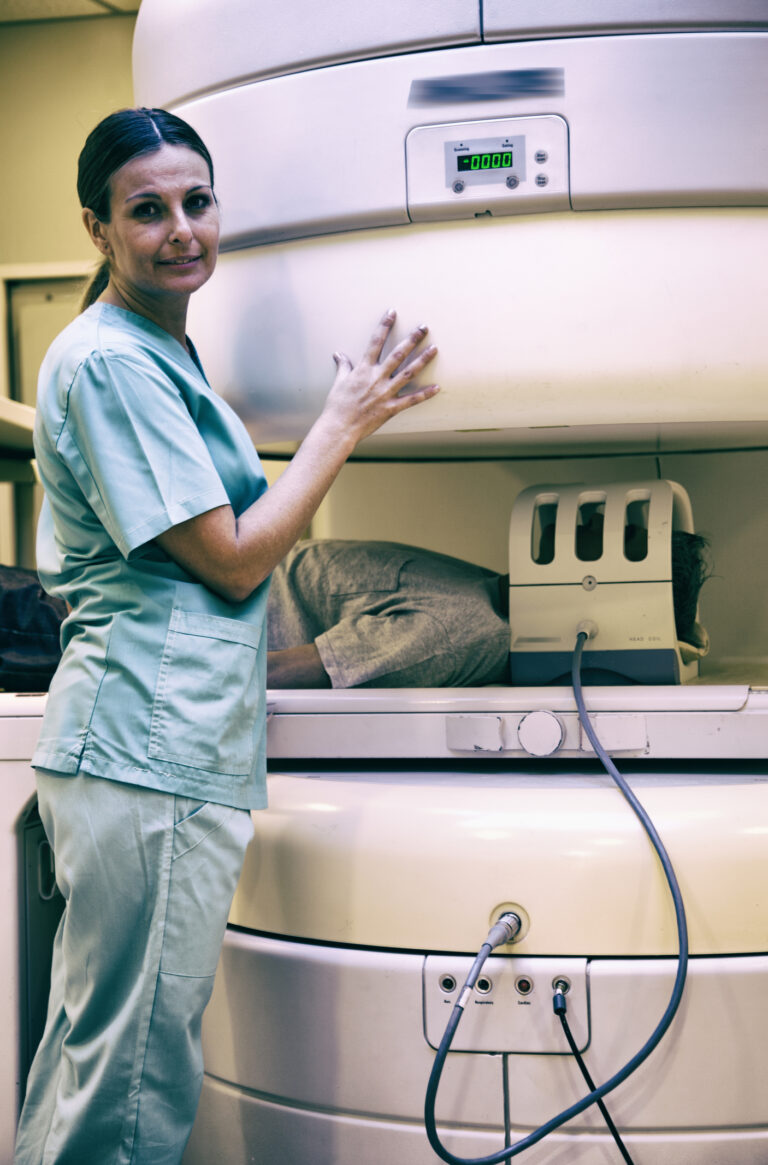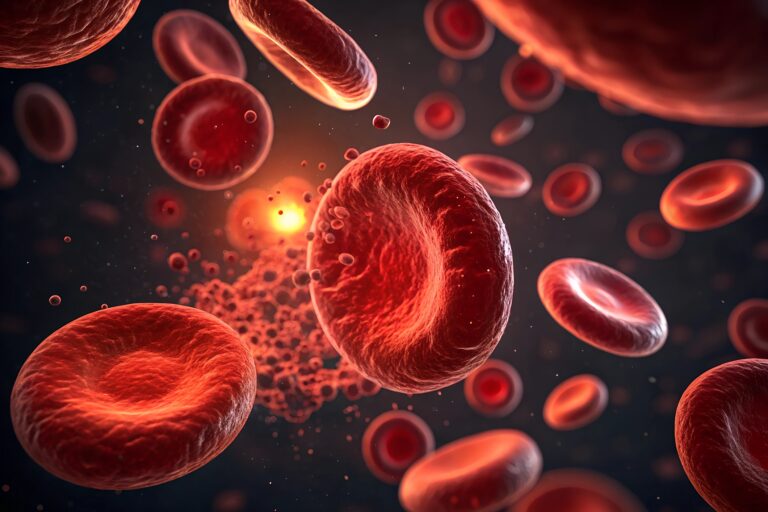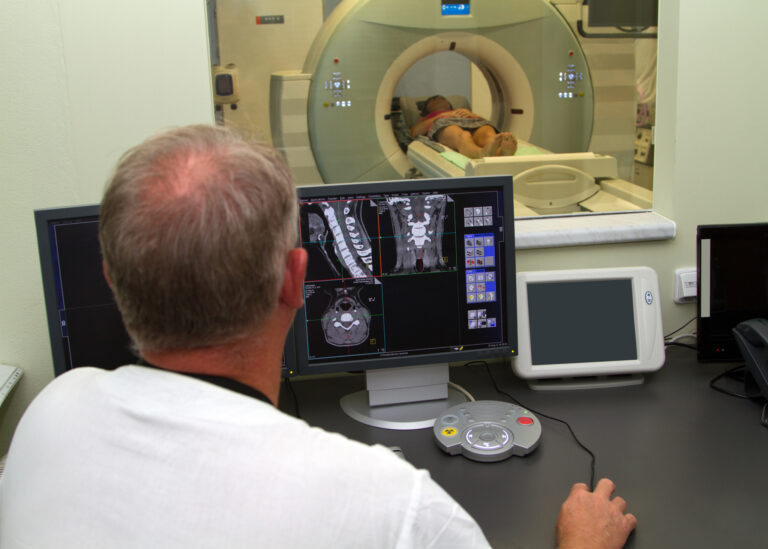Diagnostic Imaging Tool
Diagnostic imaging is a crucial tool healthcare professionals use to identify and diagnose various medical conditions. The term refers to various non-invasive procedures that allow doctors to visualise the body’s internal structures. Several different types of diagnostic imaging tools are available today, including X-rays, magnetic resonance imaging (MRI), computed tomography (CT) scans, and ultrasound.
X-rays are the oldest and most commonly used diagnostic imaging tool. They use electromagnetic radiation to create images of the body’s internal structures. For example, X-rays are beneficial for diagnosing bone fractures, lung infections, and dental problems. Magnetic resonance imaging (MRI) uses a magnetic field and radio waves to generate detailed images of the body’s internal structures. MRIs are often used to diagnose soft tissue injuries, such as those that affect the brain, spinal cord, or joints.
They are also valuable for detecting tumours and other abnormalities in the body. Computed tomography (CT) scans use X-rays and computer technology to create detailed images of the body’s internal structures. CT scans often diagnose conditions affecting the brain, chest, abdomen, and pelvis. In addition, they are beneficial for identifying tumours, infections, and injuries. Ultrasound is another commonly used diagnostic imaging tool.
It uses high-frequency sound waves to produce images of the body’s internal structures. Ultrasound is often used to monitor fetal development during pregnancy and diagnose conditions that affect the liver, kidneys, and other organs. Each diagnostic imaging tool has its strengths and limitations, and healthcare professionals will choose the most appropriate tool based on the patient’s symptoms and medical history.
However, there are some common benefits to using diagnostic imaging in general. One of the most significant advantages of diagnostic imaging is that it allows doctors to diagnose medical conditions early on. Early detection can often make a substantial difference in the effectiveness of treatment and can even be life-saving in some cases.
Diagnostic imaging is also non-invasive, so patients can avoid the risks and discomfort associated with more invasive procedures. In conclusion, diagnostic imaging tools are a vital part of modern healthcare. They allow healthcare professionals to diagnose various medical conditions quickly and non-invasively, making effective treatment and patient care more accessible.
As technology continues to evolve, diagnostic imaging tools will undoubtedly become even more advanced, making them an increasingly important part of healthcare in the future.
You are here:
home » diagnostic imaging tool






